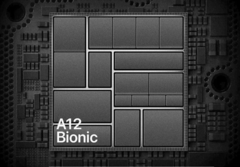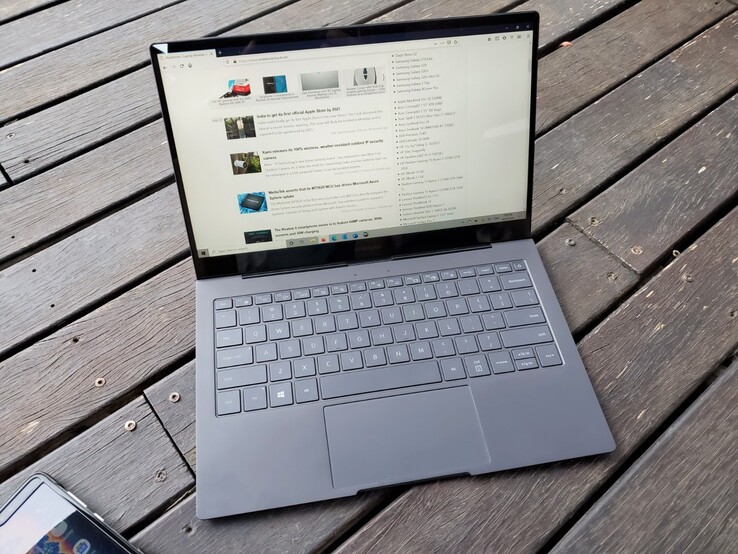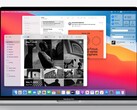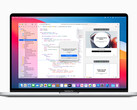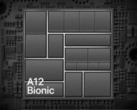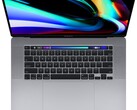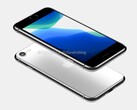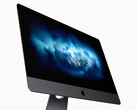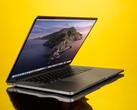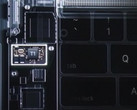During the week, well-connected Apple rumor monger Ming-Chi Kuo told investors that Apple will be moving to release its first ARM-based Mac in early 2021. Various other rumors have also tipped an Apple laptop with an ARM-based chip for going as far back as 2011! The reasons for doing so have become increasingly obvious given the excellent performance and battery life that we have found Samsung’s Galaxy Book S capable of delivering in our recent testing. However, what has been unclear is whether Apple plans on making a wholesale transition from Intel x86-based chips to ARM64-based chips for its entire product line as it did with its previous transition from IBM PowerPC-based chips to Intel. It is feasible, and here’s why.
Apple has a long history with ARM-based chips. In fact, ARM was a spin-off of UK-based Acorn’s chipset business after the Apple worked with the company to develop chips for its Newton PDA. Apple later relied on its shareholdings in ARM to help keep the company afloat during the 90s when it was in danger of going under. Later, Apple again started using ARM chips in its first iPhone before acquiring PA Semi and Intrinsity to start development of its first custom ARM-based designs that would appear in later iPhones and the first iPad. As we know, the combination of ARM and iOS, along with ARM and Android has gone on to completely dominate mobile computing, at Intel’s (and Microsoft’s) expense.
When Apple announced its decision to switch from IBM PowerPC chips to Intel’s x86 chips in 2005, it took at least two years before its product line of MacBooks (previously known as PowerBooks) and Mac desktops made the full transition. It took this drastic step because Motorola (which did most of the design work on the PowerPC chips Apple was using at the time in conjunction with both Apple and IBM) hit a wall from a performance-per-Watt perspective. As Apple was selling a lot of MacBooks, it was starting to fall behind what Intel was able to deliver in terms of performance-per-Watt at the time and it was starting to really bite.
Intel had just developed the first of its ‘Core’ series designs and these were an ideal fit for what became Apple’s new MacBooks. They also offered much better performance-per-watt meaning better battery life as well as, you guessed it, thinner and more portable designs. Intel’s desktop chip offerings were also more than fit-for-purpose so Apple really was left with little choice but to pull the trigger. Of course, such a fundamental architecture change meant compatibility issues despite Apple’s very clever PowerPC code translation layer dubbed ‘Rosetta’ helping to smooth things over somewhat. However, high-performance apps from developers like Adobe had to re-write their code for x86 native support, which took a couple of years.
This time around, the need to transition to from Intel chips to ARM-based chips like Apple’s class-leading A-series designs found in the iPhone and iPad isn’t quite as necessary -- the PC competition is still using the same chips as Apple in its MacBooks. However, one commonality with the PowerPC to Intel transition is that ARM-based chips are now offering substantial performance-per-Watt advantages over Intel’s current designs. This was in clear evidence in our recent testing of the ARM-based Samsung Galaxy Book S which has proven to be thinner, lighter and faster than Apple’s MacBook Air, while also offering up to twice the battery life at 25 hours. When Apple has chipsets that are significantly more capable than the Snapdragon 8cx in its arsenal you can bet that it will want to leverage them in a MacBook at the very least.
With so many apps already natively coded to run on the ARM architecture thanks to the wild success of iOS/iPad OS on the iPhone and iPad, it is also clear that Apple also has significant advantage over Windows 10 on ARM in this regard as well. Apple’s Catalyst has also recently made it very easy for developers to turn iPad apps into Mac apps with the likelihood that universal app binaries are on the cards that could also speed the transition of native x86 Mac apps to run natively on ARM. This is of course assuming that Apple is looking to transition the full Mac operating system across to the ARM architecture as it has at least a couple of options moving forward in this regard. This includes making a MacBook-specific version of iPad OS (iBook OS?) that supports proper mouse input, for example.
Let’s assume, for argument’s sake, that Apple is going to port macOS to run natively on ARM-based MacBooks in the first instance. We already know that Apple’s chips are comparable in performance to Intel’s low to mid-range mobile chipsets and can even give some of Intel’s higher-end mobile chipsets a shake. These new ARM-based MacBooks have the potential to be thinner, lighter, faster than comparable Intel chipsets while also offering the possibility of substantially better battery life. Fanless MacBook Pro models could also be on the cards which would again have positive impacts on battery life, as well as overall design portability.
But what about the rest of Apple’s Mac lineup? Although we haven’t seen chips from Apple that would or could power a Mac mini or even an iMac, there are already plenty of ARM-based chip designs out there that could. These include 32-core ARM-based server chips like those from Ampere and Amazon as well as multi-CPU ARM-baser server designs out there also giving Intel nightmares – the appeal here is also performance-per-watt as these too draw less overall power in server farms and are thus cheaper to run. Apple could also scale up its ARM designs as well if it wanted, while its integrated GPU designs are also equally capable of being scaled up. Given the scalability of ARM-based designs, desktop ARM-based Macs could happen sooner rather than later.
Another reason Apple might want to go down the ARM64 route is the for the same reason that it chose to develop its own ARM-based chips for its iPhones and iPads – control over both the software and system architecture. This puts Apple much more in control overs its fate and we know how much Apple likes to control every aspect of what it does. In fact, this is perhaps the biggest reason why Apple would want to make the effort to go down the ARM64 route for as much of its lineup as is possible. The added ability to eke out even more profit margin is something that would appeal to CEO Tim Cook. The only outlier would be its Mac Pro/iMac Pro range. However, given that the clientele for these machines is substantially smaller, Apple might be happy to stick with Intel for Mac Pros for the time being. Or, Apple could eventually swap out Intel designs here for its own chip designs here as well or phase out the Mac Pro line. The company certainly has the resources, and the luxury, of taking any path it chooses.
Whichever way you look at it, ARM-based Macs are incoming. Just how quickly, how completely, and how Apple goes about managing the transition are the only obvious questions remaining to be answered. If it does decide to go all the way, x86 app emulation is well within the capabilities of Apple’s chipsets and software architecting. Most people expect Apple to start with a MacBook Air-like device, but it is possible it could go hard at its lineup just as it did with the PowerPC to Intel transition and make a much more wholesale transition and more quickly than expected for the reasons outlined here. There are many good reasons for doing so and I think that Apple could well go a lot harder at introducing ARM-based Macs than expected. Apple’s WWDC 2020 in June is where it is expected to announce its ARM plans. It could be the most exciting Apple developer conference in years (potential coronavirus disruptions notwithstanding).
Source(s)
Own




